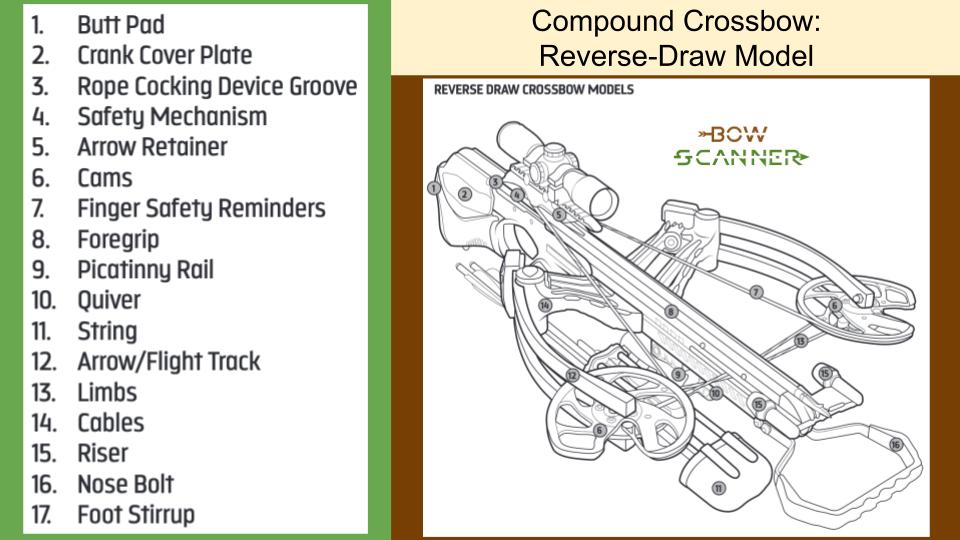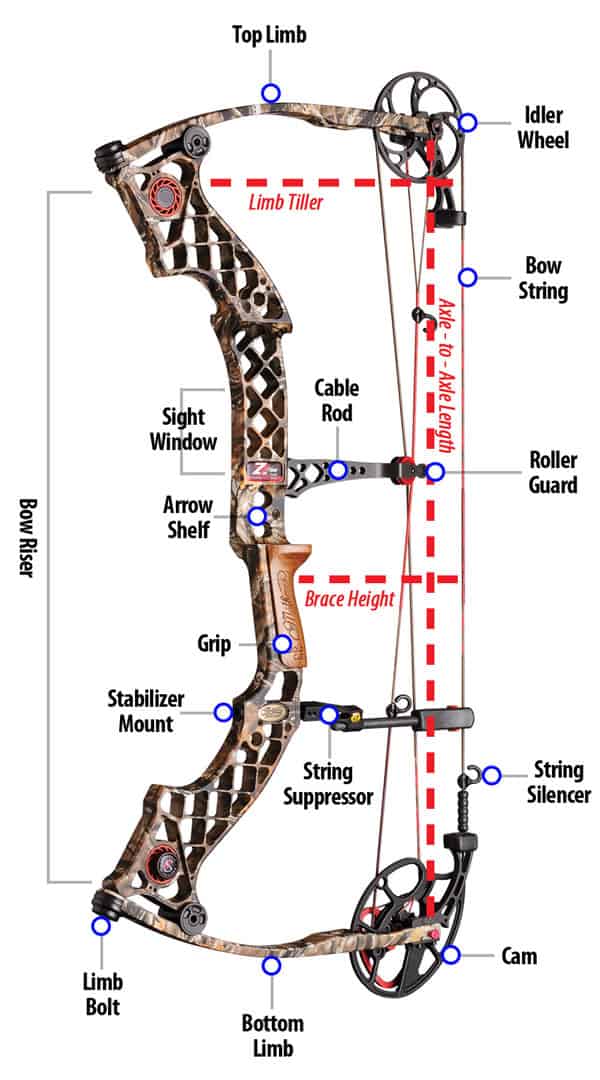

Higher-grade crossbows are more often available with aluminum barrels. Plastic or polymers are frequently barrel materials in less expensive bows. Every time you shoot, accuracy will be consistent as a result. It has a groove on top for placing a bolt in line with the string. The barrel is a part often known as a rail or track. Frequently, the bowstring is a wrap of some synthetic material with a coat of resin. Generally, natural fibers like linen or animal sinew or synthetic fibers like kevlar or dacron are typical materials.Ī serving is a component of crossbow strings as well. It needs to be fashioned of a lightweight, flexible material that is still strong and durable to accomplish all effectively. When we position a bolt and engage the string, the energy in the spring causes the bolt to hits the target. When we pull back the bowstring, it acts as a spring. The bowstring is connected to each end of the limbs. The limbs will then leap forward with all of their accumulated energy when you release go, launching the arrow or bolt at a fast rate of speed. When the string is pulled back, the limbs bend as resistance to breaking. Traditionally limbs were made of flexible wood, but nowadays, it is from a wide range of materials, such as carbon fiber, aluminum, and wood.Įach limb is connected to one end of the bowstring and branches out symmetrically from the crossbow’s core. LimbsĪ crossbow, or any other type of bow, may be most effective due to its limbs. There are numerous arrangements for stocks. It connects the crossbow’s barrel, trigger, and sight bridge, acting as its structural foundation. Stock is generally of wood, plastic, or other composite materials that are typically molded. When in use, it rests against the shooter’s shoulder. The area of the crossbow that we grip while firing a bolt, away from any potential hazards. You can use all your body’s might to draw the rope upward while maintaining control of the weapon with your foot. A stirrup is a form of a loop that protrudes from the crossbow’s rail and into which we have to insert your foot. The front-facing metal frame is known as the stirrup. So drawing a crossbow requires a lot more leverage.Ī cocking stirrup is a remedy. You have to pull the bowstring back with this much effort.

Try to create a surprise release by slowly building pressure on the trigger while focusing on the target. Some archers struggle with it, however, by anticipating the release and flinching while activating the trigger. Letting go of the bowstring is a simple but critical step. One of your anchor points should make a bone-on-bone connection, such as your thumb bone pressing against your jaw bone. The more contact points you have, the more consistently you anchor. Most anchor points have three contact points: The string touches the corner of your mouth, the string presses into the tip of your nose, and the peep sight aligns with the sight housing.


Your anchor point is the place on your face where you bring the bowstring and your drawing hand for each shot. Make sure you are centering your aim by touching the bow to the same point on your face every time. That creates a bone-on-bone connection in your bow arm’s shoulder, and properly aligns your drawing arm’s shoulder for efficient drawing. That subtle rotation sets your bow arm into a strong position, and keeps the bowstring from hitting your elbow.Īlso keep both shoulders low. Once you properly set your grip, apply a little tension to the bowstring and rotate your elbow away from the string, which is clockwise for right-handed archers. A bent bow arm, meanwhile, reduces the arm’s overall strength, and makes it difficult for archers to maintain equal muscle tension on both sides of the elbow, which hampers consistency. A locked bow arm hyperextends, which can cause issues, such as the bowstring slapping your elbow or forearm. Keep it straight, not bent, but don’t lock it. You’ll be steadier and won’t quickly fatigue.įor right-handed archers, your bow arm is your left arm. It’s a stronger and more consistent way to shoot. Photo credit: ATAĪn important guiding principle in archery is to use more bone than muscle to support the bow. Make sure your arm is straight, but not locked.


 0 kommentar(er)
0 kommentar(er)
